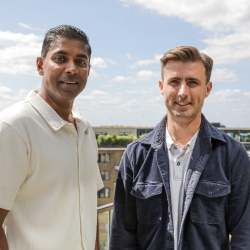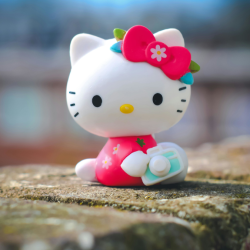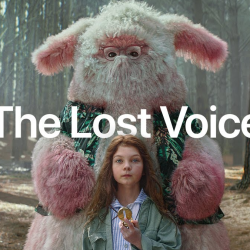‘Fight or Flight’ is the classic choice when it comes to responding to fear, but in 2023 those are just two options of many more. Fortunately, I’ve summarised the rest in this handy guide:
Freeze
This response involves feeling paralysed, being unable to take immediate action, or crawling into a ball and listening to Nick Drake albums until the danger goes away. Freezing can occur as a result of feeling overwhelmed by the threat, such as when your boss tells you your work is crap in front of lots of people. It can be a temporary response, allowing individuals to assess the situation and buy time, or it can last as long as the threat continues.
Fawn
This response involves attempting to appease or please the perceived threat in hopes of avoiding harm or conflict. We’ve all seen people try to flatter their way out of a kicking (metaphorical or otherwise), but fawning sometimes comes in disguise as people-pleasing behaviour: trying to accommodate the wishes of others, or seeking validation and approval. The fawn response can be a coping mechanism to de-escalate potentially dangerous situations, but remember: it can also make you look pretty pathetic.
Flexibility
These responses involve a more nuanced and context-specific approach, combining elements of fight, flight, fawn, freeze etc. depending on the situation. Adaptive responses may involve quick decision-making, strategic thinking, or seeking support from others to effectively navigate the threat. Basically, you have to decide if you should kiss arse or kick it. Choose wisely…
Fortify
When faced with a threat, some individuals choose to strengthen their defences. This response involves taking proactive measures to enhance personal or collective security. It can include literal fortifying actions like improving physical security measures and implementing safety protocols, but it can also include metaphorical ones, like closing off your heart because Susan Thompson stomped all over it when you were fifteen and you never want to feel that way again, so better to go through life alone, eh?
Faith
In this context, faith refers to finding solace, support, or guidance through spiritual or religious beliefs. Some individuals turn to their faith as a response to threats, seeking comfort, strength, or a sense of purpose in the face of adversity. Religious or spiritual practices can provide a framework for coping and finding meaning during challenging times, but they can also give you a false sense of safety; after all, when it comes to actual protection, prayers are about as useful as a solar-powered torch.
Forethought
This is a response that emphasizes proactive planning and anticipation of potential threats. Instead of reacting in the moment, individuals who respond with forethought take measures to prevent or mitigate threats before they arise. This can involve risk assessment, scenario planning, and implementing preventive measures to minimize the impact of potential threats. For example, don’t go into that dodgy pub wearing a gold Rolex, don’t tell Mike Tyson he has the stupidest tattoo on the planet, and don’t climb into the bear cage at the zoo. Another way of expressing this form of response is ‘don’t be stupid’.
If none of those work you could try others, such as Fabricate (lie your way out of trouble), Fascinate (distract the threat with one of those little hats) and most useful, Forget (just pretend the threat never happened and get on with your life).
The final one doesn’t begin with F, but I’d suggest making absolutely certain that the ‘threat’ is actually something which threatens you. You’re the only person who can make you feel threatened, so don’t make that decision lightly.
Featured image: lil artsy / Pexels





























